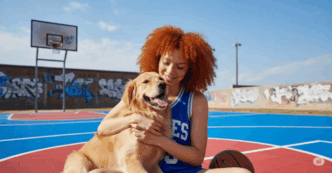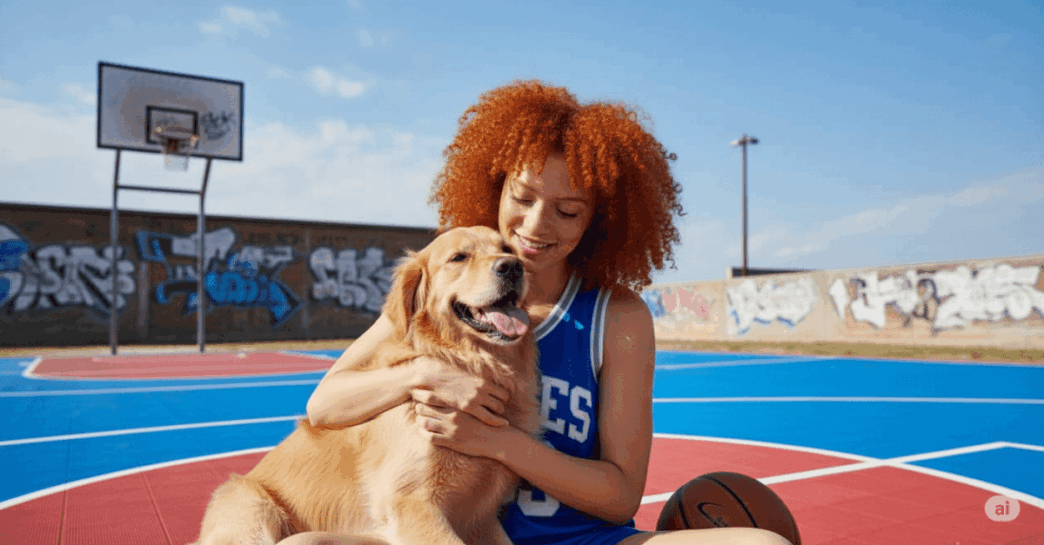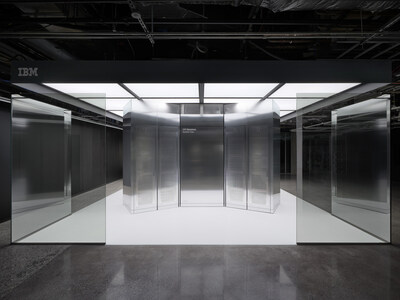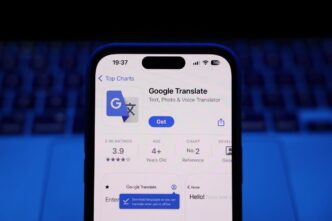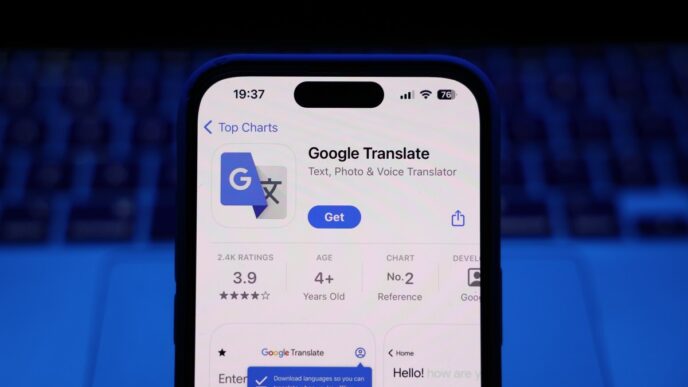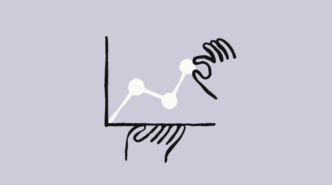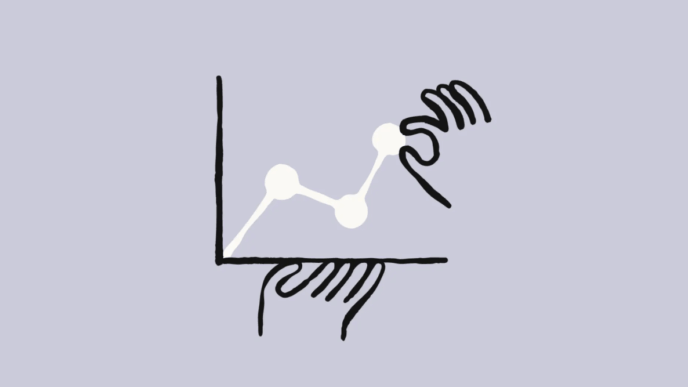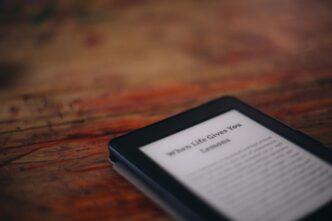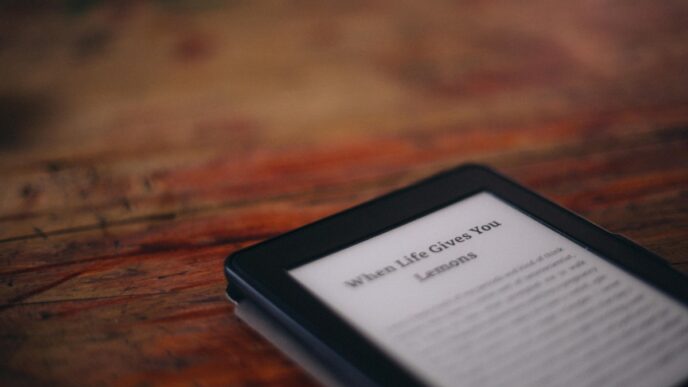Google is rolling out a major update to its Gemini chatbot with a new AI image model called Gemini 2.5 Flash Image. It launches Tuesday for all Gemini app users and through the Gemini API, Google AI Studio, and Vertex AI.
The new model lets users make sharper, more precise edits to images using natural language commands. It keeps faces, animals, and details intact—something rivals like ChatGPT or xAI’s Grok still struggle with. Change a shirt color or blend photos, and Gemini keeps the image consistent without weird distortions.
Users noticed the AI image editor weeks ago on LMArena under the anonymous name “nano-banana.” Google later confirmed it’s their tech, noting its standout performance across benchmarks.
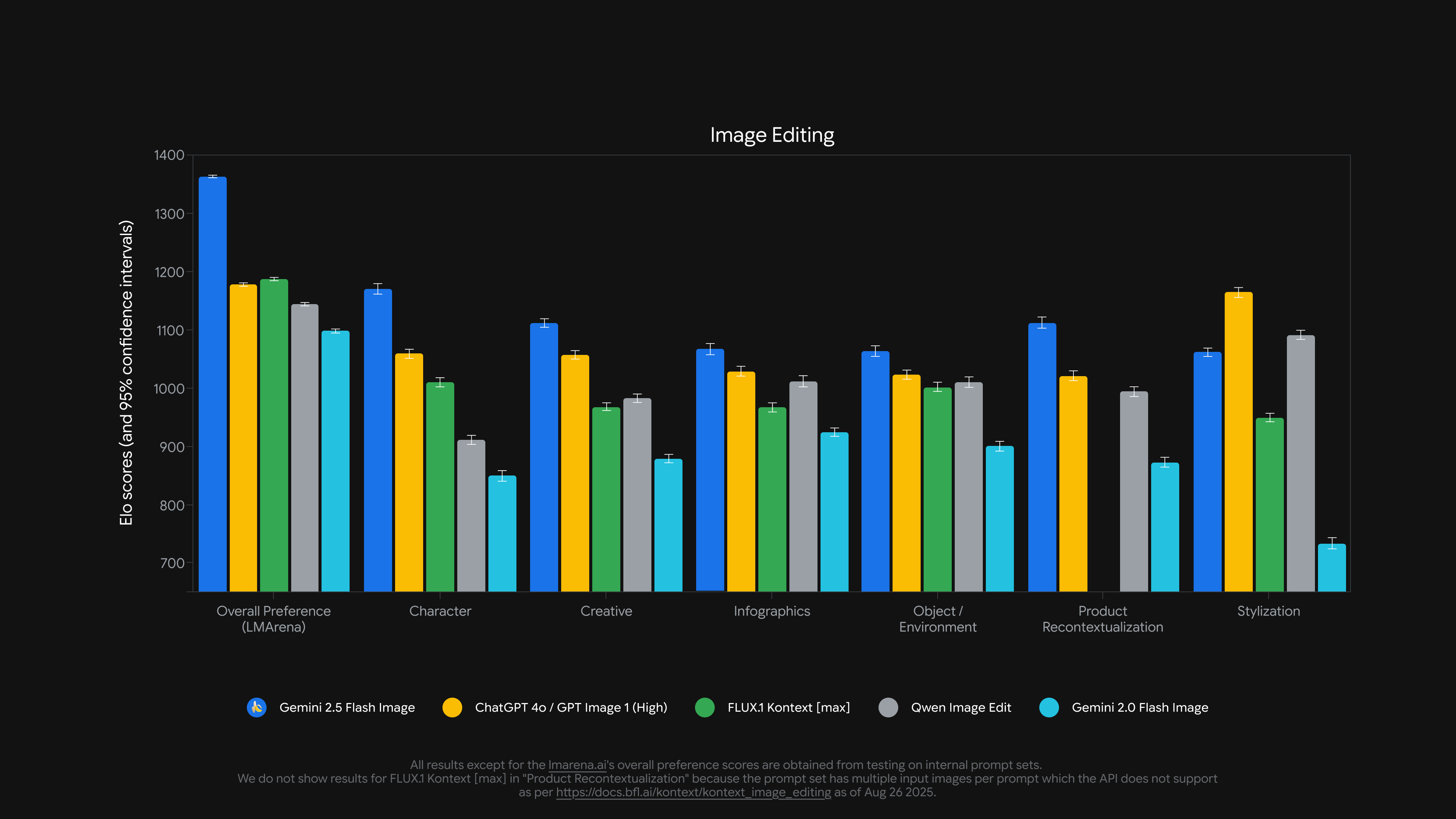
Nicole Brichtova, Google DeepMind’s product lead on visual generation, told TechCrunch:
“We’re really pushing visual quality forward, as well as the model’s ability to follow instructions.”
“This update does a much better job making edits more seamlessly, and the models outputs are usable for whatever you want to use them for.”
Google is chasing OpenAI’s surge in AI image tools. OpenAI’s GPT-4o image generator triggered meme booms and GPU overloads earlier this year. Meta is now licensing Midjourney’s models, and Black Forest Labs keeps topping benchmarks with FLUX AI.
Gemini currently has 450 million monthly users, far behind ChatGPT’s 700 million weekly, so the image upgrade aims to close that gap.
The model supports “multi-turn” editing—users can tweak image details repeatedly through conversation, like changing wall colors or adding sofas in a living room photo.

Google built safeguards to limit harmful content after past mistakes with inaccurate historical images and pulled back its image generator temporarily. Now the company says it’s struck a better balance.
Brichtova said:
“We want to give users creative control so that they can get from the models what they want.”
“But it’s not like anything goes.”
Google bans “non-consensual intimate imagery” in its terms. That’s a contrast to xAI’s Grok, which let users create explicit images of celebrities like Taylor Swift.
To fight deepfakes, Google adds watermarks and metadata tags to AI images. But anyone scrolling fast on social media might miss those clues.
